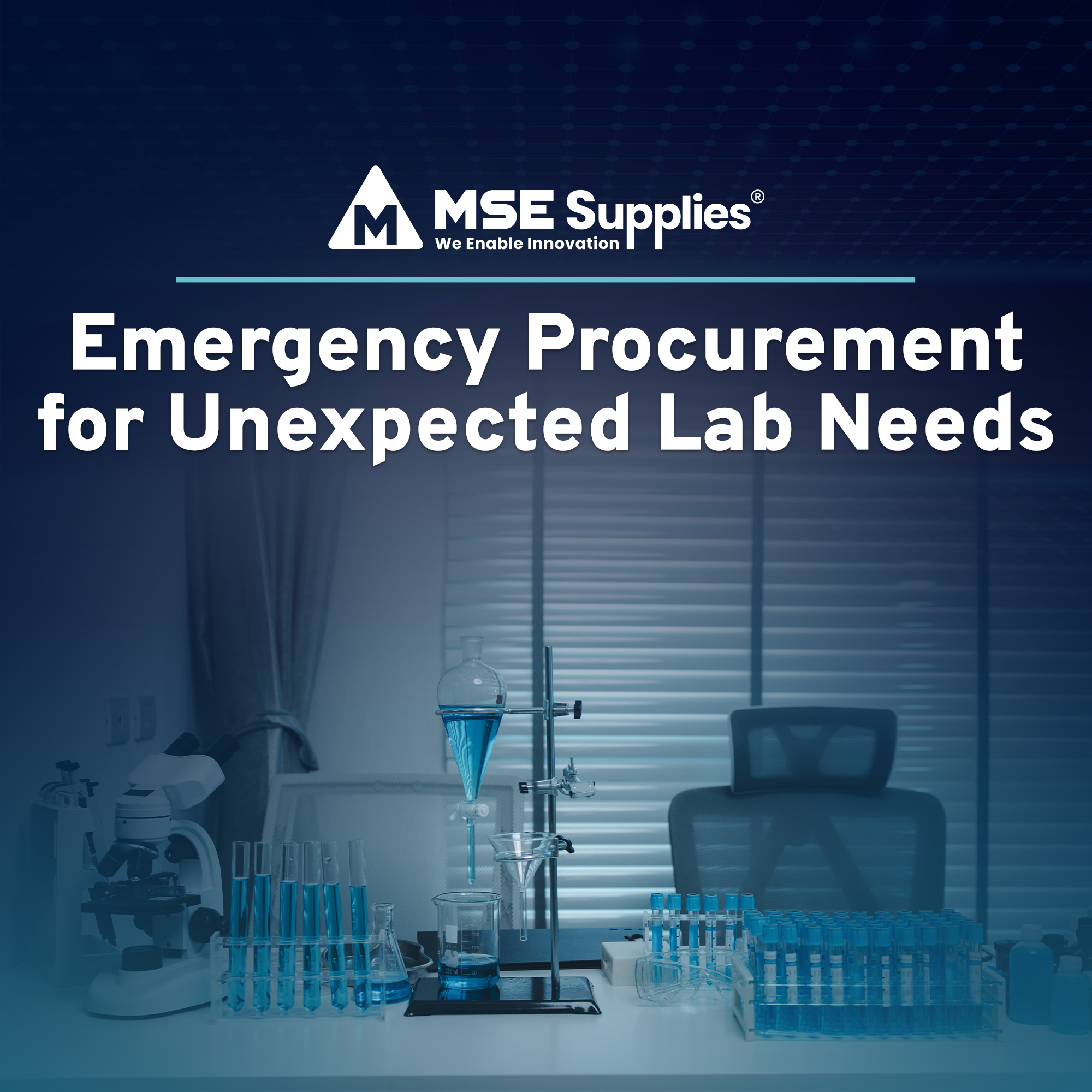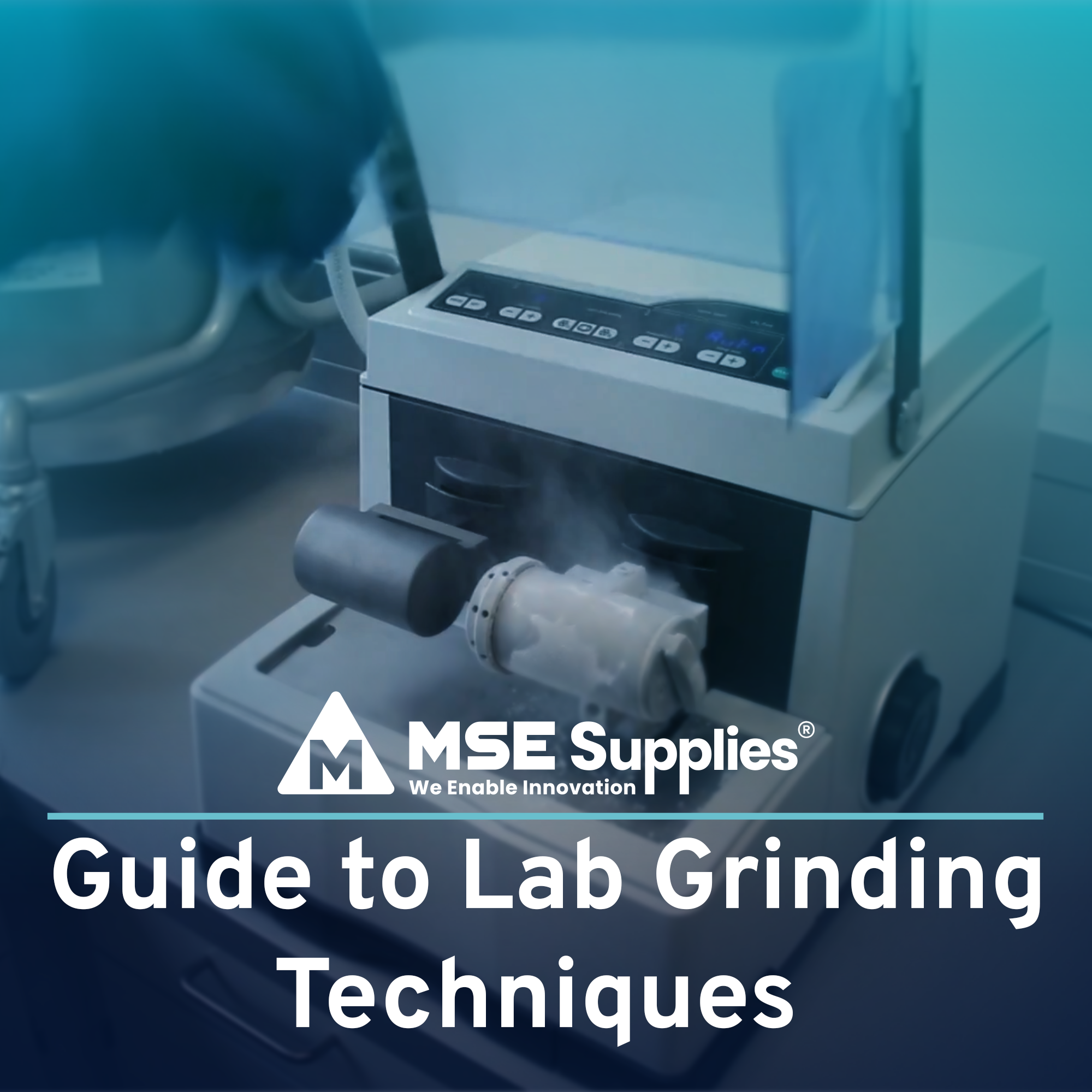Physical Vapor Deposition-How to Choose a Suitable Method to Deposit a Thin Film
Posted by Chia-yu Chen on
Physical vapor deposition (PVD) is one of the vacuum deposition methods, which is widely used for surface coatings and thin film fabrication. The most common PVD processes are sputtering and evaporation. To determine a suitable method for deposition, understanding basic deposition principles can be very helpful.
Sputtering deposition
Sputtering deposition is widely used for metals and ceramics (e.g., oxides and nitrides). In the sputtering process, the target material or cathode is bombarded by high energy ions sputtering off atoms. The ejected atoms are then deposited on the substrate surface. To produce the high energy ions, DC or RF are used as the power sources to generate plasma (ionized gas).
DC sputtering is the most basic and inexpensive sputtering PVD method. It is widely used in semiconductor industry and SEM preparation for gold sputtering. However, DC sputtering cannot deposit dielectric target materials. For non-conductive materials, radio frequency (RF) is required as the power source. RF sputtering uses AC power source instead of DC, in which the polarity of the power supply changes alternatively

(Zafar et al. 2019)
DC and RF sputtering
|
|
DC |
RF |
|
Target materials |
Conductive material only such as metals |
Conductive or non-conductive materials such as ceramics |
|
Deposition rate |
fast |
slow |
|
Power required |
Low |
High |
|
Cost |
Relatively inexpensive |
Expensive |
Thermal evaporation
Thermal evaporation can be used for coating organic material such as polymers and metals. It applies high temperature in vacuum to evaporate the source material. The vaporized particles will reach the substrate surface and form a thin film (see figure below). PTFE and nylon in metal-polymer nanocomposite films have been grown successfully using thermal evaporation. (Grytsenko and S.Schrader 2005)

(Park et al. 2016)
MSE Supplies offers benchtop PVD systems for both magnetron sputtering and thermal evaporation. The Moorfield nanoPVD-S10A is a magnetron sputtering system; Moorfield nanoPVD-T15A is a thermal evaporator.
This unit can provide DC or/and RF power for sputtering depends on the requirements. For metal deposition, DC will be used; for non-conductive targets such as ceramics, RF will be used. The nanoPVD-S10A system also offer various options to improve the deposition performance, such as quartz crystal sensor to monitor the film thickness. If you need to upgrade your deposition performance, please email sales@msesupplies.com. We offer custom products.

(Source: Moorfield)
This unit is a thermal evaporator which can be used for deposition of organics and metals. It equipped with low temperature evaporation source for evaporating volatile organic materials to provide a better deposition control. This model also has various capabilities and options such as co-deposition module option. To meet your requirements, MSE Supplies offer custom products. Please email sales@msesupplies.com to let us know your needs.

(Source: Moorfield)
MSE Supplies (msesupplies.com) is a major global supplier of deposition materials and equipment. We are also the exclusive distributor of Moorfield in the U.S. Both standard and customized products are available from MSE Supplies. If you need something not listed on our website, please email us at sales@msesupplies.com and we will prepare a quote for the customized products for you. If you have any questions, please email us at tech@msesupplies.com.
Reference
Grytsenko, K.P., and S.Schrader. 2005. 'Nanoclusters in polymer matrices prepared by co-deposition from a gas phase', Advances in Colloid and Interface Science, 116: 263-76.
Park, Sung-Ik, Ying-Jun Quan, Se-Heon Kim, Hyungsub Kim, Sooyeun Kim, Doo-Man Chun, Caroline S. Lee, Minoru Taya, Won-Shik Chu, and Sung-Hoon Ahn. 2016. 'A review on fabrication processes for electrochromic devices', International Journal of Precision Engineering and Manufacturing-Green Technology, 3: 397-421.
Zafar, Muhammad S., Imran Farooq, Muhammad Awais, Shariq Najeeb, Zohaib Khurshid, and Sana Zohaib. 2019. 'Chapter 11 - Bioactive Surface Coatings for Enhancing Osseointegration of Dental Implants', Biomedical, Therapeutic and Clinical Applications of Bioactive Glasses: 313-29.
Share this post
- Tags: Brands - Moorfield, Industry - Automotive & Aerospace, Industry - Chemistry, Industry - Industrial Process, Industry - Lithium Battery & Renewable Energy, Industry - Material Science, Industry - Semiconductor, Products - Vapor Deposition Coating Equipment



